Can My Dog Eat Broccoli? Nutritional Benefits and Risks
As a responsible dog owner, it’s natural to wonder about the safety and benefits of feeding your furry friend various foods. One common question that arises is whether dogs can eat broccoli. The simple answer is yes, dogs can safely eat broccoli, but there are important nutritional benefits and potential risks to consider.
Nutritional Benefits of Broccoli for Dogs
Broccoli is a nutrient-rich vegetable that offers various health benefits for dogs. Here are some key nutrients found in broccoli that can be beneficial:
- Vitamins and Minerals: Broccoli is packed with vitamins A, C, and K, as well as essential minerals like calcium and potassium. These vitamins help support your dog’s immune system, bone health, and overall well-being.
- Fiber: The fiber content in broccoli contributes to healthy digestion. A diet rich in fiber can help maintain your dog’s digestive tract and promote regular bowel movements.
- Antioxidants: Broccoli contains various antioxidants that can help reduce inflammation and support your dog’s immune system. Antioxidants are essential for protecting the body from oxidative stress.
- Low in Calories: If you’re watching your dog’s weight, broccoli is a low-calorie treat option. This means you can give it without worrying about them gaining excess weight.
Potential Risks of Feeding Broccoli to Dogs
While broccoli has numerous benefits, there are potential risks that you should be aware of before adding it to your dog’s diet:
- Gastrointestinal Issues: Eating large amounts of broccoli may cause digestive upset in some dogs. This could lead to gas, bloating, or diarrhea. It’s essential to introduce broccoli into your dog’s diet gradually.
- Thyroid Issues: Broccoli belongs to the cruciferous vegetable family, which contains goitrogens. These substances can interfere with thyroid function if consumed in large amounts. It’s best to keep broccoli as an occasional treat rather than a staple of your dog’s diet.
- Choking Hazard: Always remember to cut broccoli into small, bite-sized pieces. Larger chunks could pose a choking hazard, especially for smaller dog breeds.
How to Safely Serve Broccoli to Your Dog
If you decide to treat your dog with broccoli, here are some tips for safe preparation:
- Wash Thoroughly: Ensure the broccoli is washed properly to remove any pesticides or chemicals.
- Cook or Feed Raw: Dogs can eat broccoli raw or cooked. Steaming broccoli can make it easier to digest. Avoid adding any seasoning, as certain spices can be harmful to dogs.
- Start Small: Begin by offering your dog a small piece to see how they tolerate it. Monitor their reaction before giving more.
Signs of Allergies or Reactions
When introducing any new food item to your dog’s diet, keep an eye out for any unusual behaviors or symptoms that may indicate an allergy or intolerance:
- Vomiting
- Diarrhea
- Excessive scratching
- Swelling
If you notice any of these symptoms, it’s best to discontinue feeding broccoli and consult with your veterinarian.
Final Thoughts on Broccoli for Dogs
In moderation, broccoli can be a healthy and enjoyable treat for your dog. Given its low-calorie content and nutritional benefits, it offers a great alternative to commercial dog treats. However, balance is key. Consult with your veterinarian to ensure broccoli fits into your dog’s overall diet. For further guidance on dog nutrition, check out the ASPCA’s website.
By understanding both the benefits and the risks, you can make informed choices about your dog’s diet. A well-rounded nutrition plan, combined with occasional treats like broccoli, can lead to a happy and healthy canine companion.
Safe Vegetables for Dogs: A Comprehensive Guide
When it comes to keeping your furry friend healthy, understanding which vegetables are safe for dogs is essential. Dogs, like humans, can benefit from a variety of vegetables in their diet. However, some vegetables can be harmful. This guide walks you through the most suitable vegetables for dogs, helping you make informed choices for your pet’s health.
One vegetable that often comes to mind is broccoli. Many dog owners wonder, “Can my dog eat broccoli?” The answer is yes! Broccoli can be a healthy treat for dogs when fed in moderation. It contains vitamins and minerals and is low in calories. Just ensure it is cooked and served without any seasoning.
Here are other safe vegetables for dogs:
- Carrots: Great for dental health and a low-calorie snack.
- Green beans: These are packed with fiber and will help keep your dog feeling full.
- Sweet potatoes: Rich in vitamins A and C, plus fiber, sweet potatoes are a hearty addition to your dog’s diet.
- Cucumbers: Perfect for hydration, cucumbers are a crunchy, refreshing snack for dogs.
- Peas: These small vegetables are high in protein and fiber while being low in calories.
Feeding your dog vegetables can provide numerous health benefits. They are full of antioxidants that can boost your dog’s immune system. Moreover, many vegetables are high in fiber, which can promote digestive health. However, it is crucial to introduce any new food slowly to avoid upsetting your dog’s stomach.
| Vegetable | Benefits | Serving Suggestions |
|---|---|---|
| Broccoli | Vitamins A, C, and K; fiber | Steamed or raw, in small portions |
| Carrots | Dental health and vitamin A | Raw sticks or cooked |
| Green Beans | Vitamin K; low-calorie | Steamed; no seasoning |
| Sweet Potatoes | Vitamins A and C; fiber | Baked or boiled |
| Cucumbers | Hydration; low-calorie | Raw slices |
| Peas | Protein; fiber | Steam lightly or serve fresh |
Always wash vegetables thoroughly before feeding them to your dog. Cooking can help break down tough fibers and make them easier to digest, but avoid adding any oils, butter, or seasoning. It’s best to serve them plain. Additionally, be cautious with portion sizes. Vegetables should only make up about 10% of your dog’s daily diet.
Some vegetables are not safe for dogs. For instance, onions and garlic can be toxic, leading to serious health problems. Similarly, mushrooms can cause gastrointestinal upset or even worse effects depending on the type. Always ensure you research any new vegetable you want to introduce to your dog’s diet.
If you’re looking for more detailed information on dog nutrition and safe foods, visit AKC’s guide on safe dog foods. It provides a comprehensive list of foods your pet can enjoy, including safe vegetables.
Including safe vegetables like broccoli, carrots, and green beans can be a delightful addition to your dog’s diet. It’s an enjoyable way to improve their health while diversifying their meals. Always observe your dog’s reactions as you introduce these new foods, and consult your veterinarian if you have any concerns.
Remember that a balanced diet is key to a happy, healthy dog. For more tips and guidance, check out VetInfo’s dog nutrition section for expert advice.
Understanding Canine Digestive Health and Vegetable Consumption
When it comes to your furry friend’s diet, it’s essential to understand what is safe and healthy for their digestive system. Many dog owners may wonder how certain vegetables fit into their pet’s diet. One vegetable that often comes up is broccoli. Can your dog eat broccoli? The answer is yes, but with a few caveats.
Broccoli is a cruciferous vegetable packed with vitamins and minerals that could potentially benefit your dog’s health. It contains vitamins A, C, and K, along with fiber and several antioxidants. These nutrients can help support your dog’s immune system and overall well-being. However, every dog’s digestive system is unique, and some may react differently to certain foods.
It’s important to introduce broccoli into your dog’s diet gradually. Start with small amounts to see how their body reacts. If your dog shows any signs of gastrointestinal upset, such as vomiting or diarrhea, it might be best to avoid this vegetable altogether.
To give you a clearer picture, here’s what you should consider regarding broccoli:
- Health Benefits:
- Rich in vitamins—A, C, and K
- Contains fiber to aid digestion
- Antioxidants support immune health
- Risks:
- Can cause gas in some dogs
- Too much raw broccoli may lead to thyroid problems
- Preparation:
- Always wash thoroughly before serving
- Cut into small, manageable pieces
- Cooked or steamed broccoli is easier on their stomach
Besides broccoli, there are many other vegetables that you can offer your dog. Some popular options include carrots, spinach, and green beans. Each has its own set of benefits, but it’s important to ensure that they are safe for canine consumption.
Here’s a quick comparison of some vegetables that are safe for dogs:
| Vegetable | Benefits | Preparation Tips |
|---|---|---|
| Carrots | High in beta-carotene, good for vision | Raw or cooked, sliced into bite-sized pieces |
| Spinach | Rich in vitamins, minerals, and antioxidants | Steamed is best; avoid excessive amounts |
| Green Beans | Low in calories; high in fiber | Fresh, frozen, or cooked without seasoning |
| Sweet Potatoes | High in vitamins and minerals | Cook and mash or serve in small cubes |
Always remember to consult your veterinarian before adding new foods to your dog’s diet. They can provide personalized insights based on your dog’s specific health needs, age, and size. Tracking how your dog responds to new foods is equally important. This way, you can ensure that they are receiving nutrients without any adverse reactions.
While broccoli can indeed be a healthy addition to your dog’s diet, moderation is key. Avoid serving large quantities and opt for cooked or steamed broccoli for easier digestion. Should you have any uncertainties about your dog’s dietary needs, checking with a vet is always the best approach.
For more detailed articles on canine nutrition, you can explore resources like the American Kennel Club or PetMD. These sites provide reliable information to help you make informed decisions about your dog’s diet and overall health.
Preparing Broccoli for Your Dog: Tips and Tricks
Broccoli is a nutritious vegetable that many people enjoy, but you might wonder, “Can my dog eat broccoli?” The good news is that broccoli is generally safe for dogs and can even be beneficial when prepared correctly. Here are some tips and tricks on how to prepare broccoli for your furry friend, ensuring that they enjoy this healthy treat safely.
Why Should You Consider Broccoli?
Broccoli is packed with vitamins and minerals that can benefit your dog’s health. It contains vitamin C, vitamin K, fiber, and various antioxidants. These nutrients can support your dog’s immune system, promote healthy digestion, and contribute to overall well-being. However, moderation is key. Too much broccoli can upset your dog’s stomach due to the presence of isothiocyanates, which can be harmful in large amounts.
Preparing Broccoli: Step-by-Step
If you decide to add broccoli to your dog’s diet, here’s how to prepare it safely:
- Choose Fresh Broccoli: Select fresh broccoli without any brown spots or wilting. Organic broccoli is a great option to avoid pesticides.
- Wash Thoroughly: Rinse the broccoli under cold water to remove dirt, bacteria, or any pesticides.
- Cut into Small Pieces: Chop the broccoli into small, manageable pieces to prevent choking, especially for smaller dogs.
- Cook Lightly (Optional): You can steam or lightly cook the broccoli to make it easier for your dog to digest. Avoid using any seasoning or oils.
- Serve Plain: Dogs should eat plain broccoli without any added sauces or spices, which can be harmful to them.
How to Serve Broccoli to Your Dog
There are several ways to incorporate broccoli into your dog’s diet:
- As a Treat: Offer small pieces of cooked or raw broccoli as a crunchy treat during training or as a snack.
- Mix with Food: Chop broccoli into tiny pieces and mix it with your dog’s regular food for added nutrition.
- Frozen Snacks: Freeze small pieces of broccoli for a cool, refreshing treat on hot days.
How Much Broccoli Can Your Dog Eat?
While broccoli can be a healthy addition, it’s essential to monitor the quantity. Depending on your dog’s size, here are some guidelines:
| Dog Size | Recommended Amount of Broccoli |
|---|---|
| Small Dogs | 1-2 small florets |
| Medium Dogs | 2-3 medium florets |
| Large Dogs | 4-5 florets |
Always start with small quantities, especially if it’s your dog’s first time eating broccoli. Watch for any signs of gastrointestinal upset, such as gas or diarrhea.
Possible Side Effects
While broccoli is safe for most dogs, some may have sensitivities. Here are potential side effects to look out for:
- Gassiness
- Upset stomach
- Changes in bowel movements
If you notice any adverse effects after feeding your dog broccoli, discontinue its use, and consult your veterinarian for guidance.
Consult with Your Veterinarian
Every dog is unique, and dietary needs can vary. It’s a good idea to consult with your veterinarian before making any significant changes to your pet’s diet. They can provide personalized recommendations based on your dog’s health and nutritional needs.
Broccoli can be a fun and nutritious addition to your dog’s diet when prepared and served correctly. Whether as a treat or mixed into their main meals, this vegetable can provide various health benefits. For further information on dog nutrition, you can explore websites like American Kennel Club or Dog Food Advisor which offer expert tips on feeding your dog.
Always remember, the goal is to enhance your dog’s diet with healthy choices, so enjoy these moments of sharing tasty treats with your furry friend!
Signs of Allergies or Reactions: What to Watch For After Feeding Vegetables to Your Dog
Feeding vegetables to your dog can be a healthy addition to their diet, but it’s essential to be mindful of how they react after trying something new. As a responsible pet owner, you will want to watch for any signs of allergies or reactions after introducing vegetables like broccoli, carrots, or green beans. Understanding these signs can help you ensure your furry friend stays healthy and comfortable.
After feeding your dog vegetables, the first thing to observe is their energy level. If your dog seems lethargic or less playful than usual, it could be a red flag that they are having a negative reaction to the new food. Keep an eye on any changes in their usual behavior. Most dogs are excited and energetic, so a sudden drop in their activity can indicate something is wrong.
Gastrointestinal issues are also common reactions to new foods. Monitor your dog for any of the following symptoms:
- Vomiting
- Diarrhea
- Stomach bloating
- Gas
If you notice any of these symptoms, it’s crucial to assess what you’ve recently introduced into their diet. Some dogs can be sensitive to certain vegetables, and while broccoli is typically safe in moderation, excessive amounts may lead to digestive upset.
Another sign of a potential allergic reaction is skin irritations. If your dog starts scratching more than usual or you notice any red, inflamed patches on their skin, it could mean an allergic response. Pay attention to areas such as the belly and ears, as these can be hot spots for allergic symptoms in dogs.
In some cases, dogs may develop respiratory symptoms. This could manifest as:
- Coughing
- Sneezing
- Difficulty breathing
- Watery eyes
If any of these signs occur, especially difficulty breathing, seek veterinary attention immediately. Respiratory distress can escalate quickly and may require urgent care.
Additionally, monitor your dog for any changes in their eating habits. If they refuse to eat their regular food or the vegetables provided, this could indicate a problem. It’s worth noting that some dogs may be picky eaters, but an ongoing refusal to eat combined with other symptoms could suggest an allergic reaction.
In order to keep track of your dog’s reactions, consider keeping a food diary. This way, you can record what foods they eat, how much they eat, and any symptoms that arise afterward. This information will be incredibly helpful if you need to consult with your veterinarian.
When introducing new vegetables, always do so gradually. Start with small amounts and allow time for your dog to adjust. A good rule of thumb is to introduce one new vegetable at a time. This not only helps you identify the cause of any reaction but also gives your dog a chance to learn to enjoy various foods without overwhelming their digestive system.
If any severe reactions occur, such as swelling of the face or tongue, call your vet immediately. This could indicate a serious allergic reaction known as anaphylaxis, which requires swift medical attention.
Linking the right resources can be beneficial when it comes to understanding your dog’s dietary needs. Consider checking out AKC’s guide on safe vegetables for dogs to explore more about which vegetables are suitable.
Keeping a close eye on your dog after introducing vegetables into their diet is essential for ensuring their health. Soon enough, you will have a better understanding of what foods your dog can enjoy without adverse reactions, including whether your dog can eat broccoli safely.
For more information on how to maintain your dog’s health, including dietary tips and advice on recognizing allergies, visit American Veterinarian.
Conclusion
When considering whether your dog can eat broccoli, it’s clear that this green vegetable can indeed offer nutritional benefits, such as vitamins C and K, fiber, and antioxidants. However, moderation is key to avoid potential risks, including an upset stomach or gas. As part of a balanced diet, broccoli can be a healthy addition alongside other safe vegetables, helping to diversify your dog’s meals while enhancing nutritional value.
Understanding your dog’s digestive health is essential when introducing any new foods, including vegetables. Each dog is different, and their ability to digest certain foods can vary. Always start with small portions and observe how your dog reacts. Broccoli should be served in a dog-friendly manner, either steamed or raw, but always cut into small, manageable pieces to prevent choking hazards.
As you explore safe vegetable options, it’s important to watch for signs of allergies or adverse reactions after feeding your dog broccoli or any new vegetable. Symptoms such as vomiting, diarrhea, or any unusual behavior should prompt a check-in with your veterinarian. This careful approach ensures that you prioritize your dog’s well-being while adding variety to their diet.
By following these guidelines and being attentive to your dog’s individual response, you can safely incorporate broccoli into their meals. Remember, the goal is to provide a wholesome and enriched diet for your furry friend, making mealtime enjoyable and healthy.



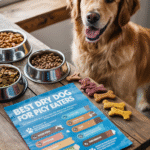

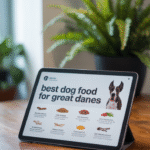

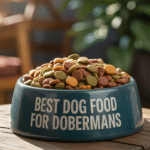


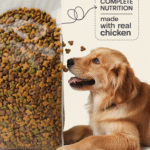
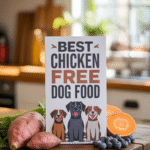

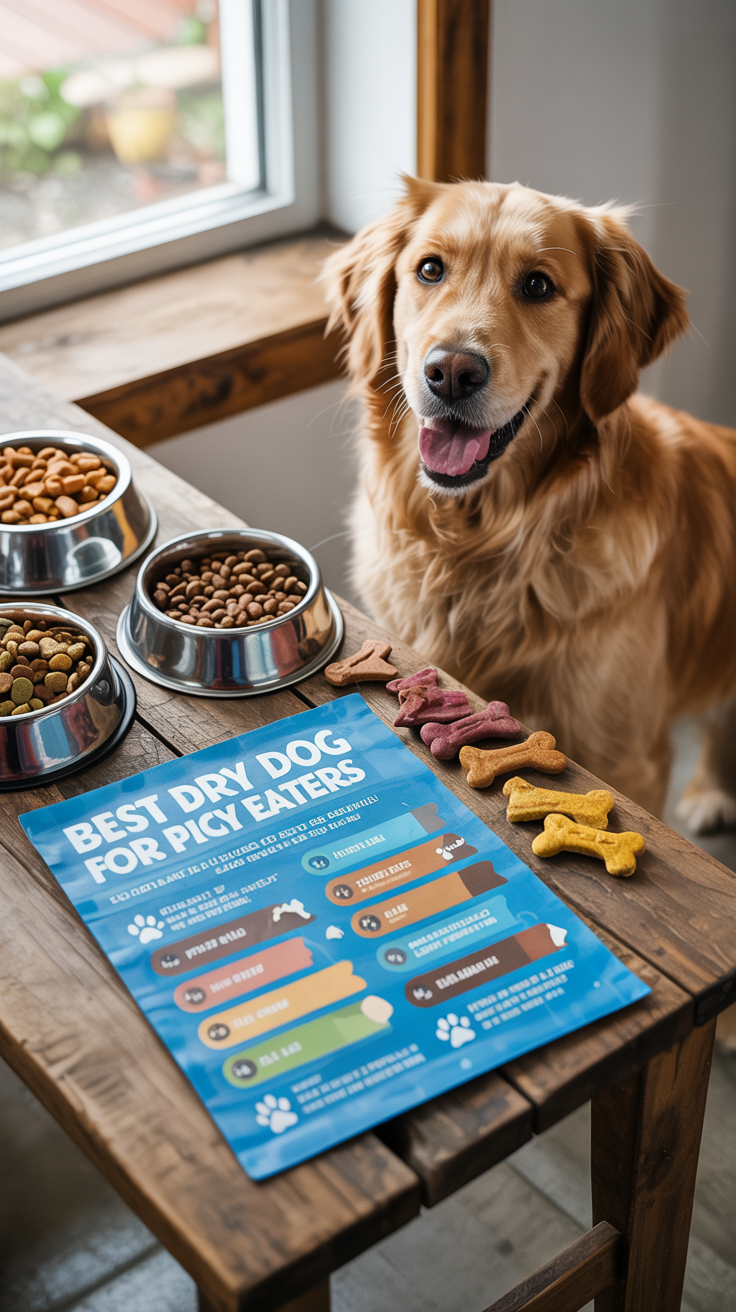
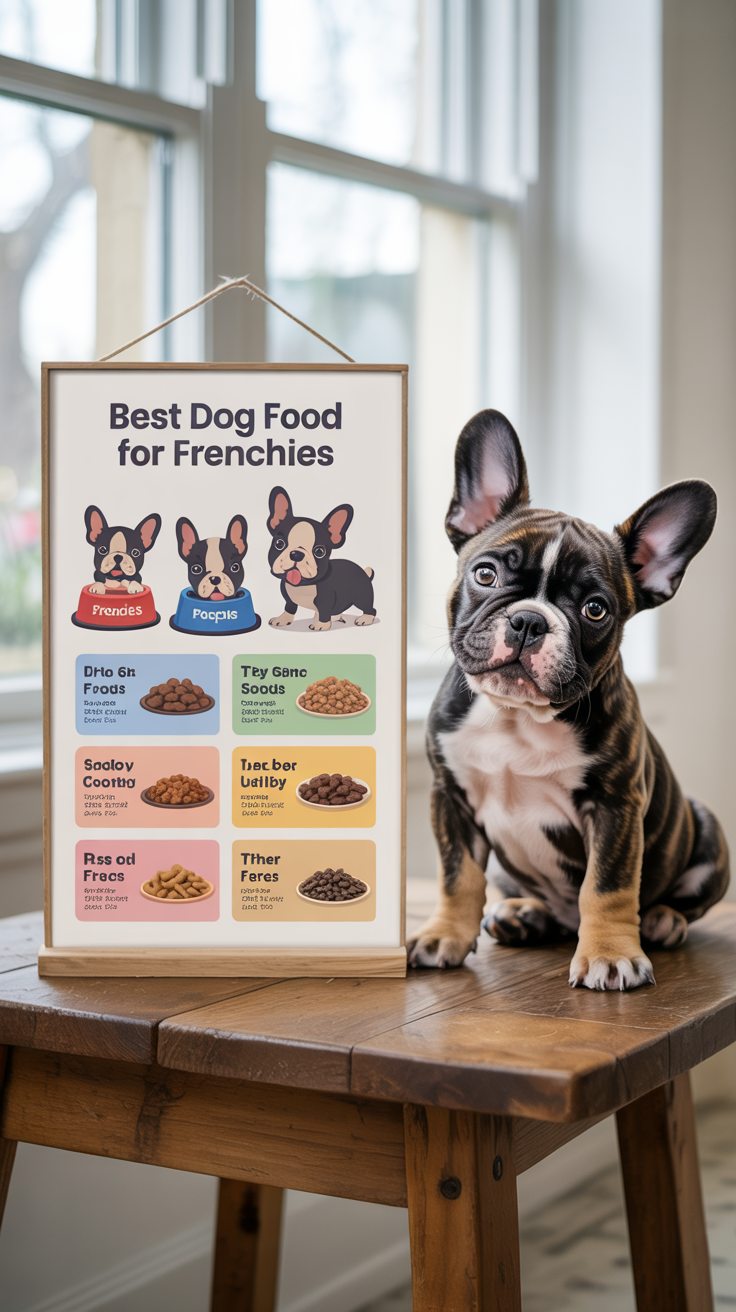
Leave a Reply